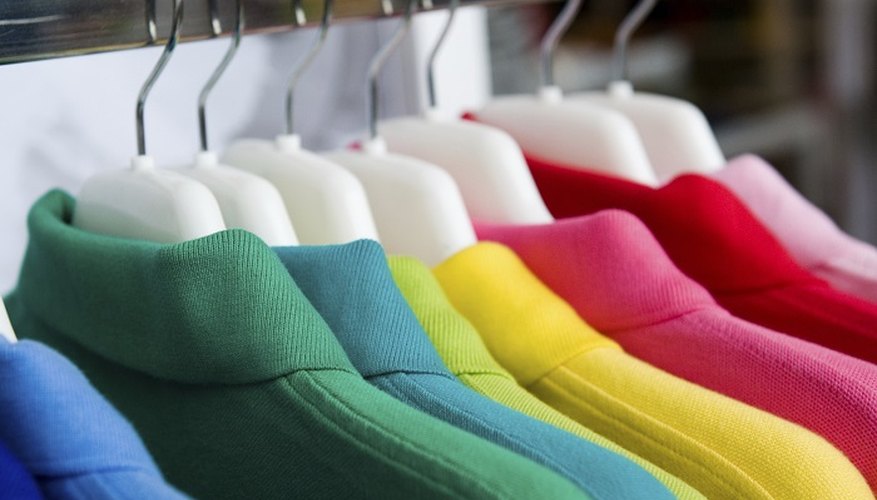Whether it's a new garment, window treatments or stock material from the fabric shop, over-saturated fabrics can detract from the slightly softer look you were going for. A number of steps will help you lighten fabric without damaging the material or compromising any prints. Results will vary depending on the type of fabric. Synthetic fabric, for example, may have fade-resistant properties that natural fabrics do not. Fabric lightening techniques also have creative uses, such as for stencilling or creating splatter effects.
Wash the item according to the washing instructions for the material, in hot water, if possible. Wash using 2 ml (1/2 tsp) of synthrapol for each 450 g (1 lb) of fabric. Synthrapol helps extract excess dye and is safe with silk and wool. Often new fabrics still have excess dye, which will rinse out in the first washing.
- Whether it's a new garment, window treatments or stock material from the fabric shop, over-saturated fabrics can detract from the slightly softer look you were going for.
- Often new fabrics still have excess dye, which will rinse out in the first washing.
Sun-fade the item if washing has not achieved the desired level of lightening. Hang it outdoors in open sun on a clothes line. Leave the item for one to three days. Rotate it if it seems that one side receives less light than the other.
Create a highly-diluted solution of bleach and cold water for further fading if sun-fading proved insufficient. But first, check the material instructions to see if the material can accept bleach. Test a scrap piece of the same or similar material, if possible. Soak the item in the bleach solution for a few minutes. If bleach is not an option, try soaking the item for longer in vinegar and water or baking soda and water. Commercial colour lighteners are also available.
- Sun-fade the item if washing has not achieved the desired level of lightening.
- But first, check the material instructions to see if the material can accept bleach.
